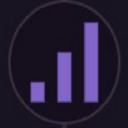-
 bitcoin
bitcoin $111743.690167 USD
0.54% -
 ethereum
ethereum $3950.699791 USD
0.55% -
 tether
tether $1.000164 USD
-0.01% -
 xrp
xrp $2.611685 USD
2.58% -
 bnb
bnb $1122.616845 USD
1.30% -
 solana
solana $193.462394 USD
-0.26% -
 usd-coin
usd-coin $0.999872 USD
-0.03% -
 dogecoin
dogecoin $0.196092 USD
-1.61% -
 tron
tron $0.296693 USD
-0.41% -
 cardano
cardano $0.652995 USD
-0.60% -
 hyperliquid
hyperliquid $44.316120 USD
12.98% -
 chainlink
chainlink $17.906269 USD
0.05% -
 ethena-usde
ethena-usde $0.999193 USD
-0.02% -
 stellar
stellar $0.326600 USD
1.70% -
 bitcoin-cash
bitcoin-cash $513.235984 USD
1.57%
What happens if I send crypto on the wrong network to Coinbase?
Sending crypto via the wrong network can lead to permanent loss, as exchanges like Coinbase only support specific blockchains for each asset.
Oct 24, 2025 at 08:37 pm
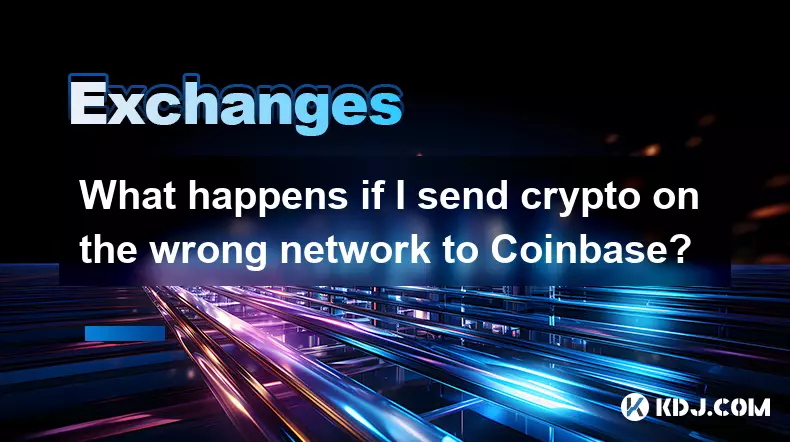
Understanding Cross-Network Transactions in Cryptocurrency
1. When transferring cryptocurrency from a personal wallet to an exchange like Coinbase, selecting the correct network is critical. Each digital asset operates on specific blockchain protocols, such as Ethereum for ERC-20 tokens or Binance Smart Chain for BEP-20 tokens. Sending a token using the wrong network often results in the transaction being lost or untraceable by the receiving platform.
2. For example, sending USDT via the TRON (TRC-20) network to a deposit address that only supports ERC-20 creates a mismatch. Coinbase generates deposit addresses tailored to one blockchain per asset type. If the network used during withdrawal doesn’t match what Coinbase expects, the funds won’t appear in the account.
3. Blockchain transactions are irreversible. Once confirmed, there’s no centralized authority to reverse or reroute the transfer. This immutability protects against fraud but increases the risk of permanent loss when errors occur. Users must double-check network compatibility before initiating any transfer.
4. Some assets exist across multiple chains with different technical standards. Bitcoin (BTC) runs on its native chain, while Bitcoin Cash (BCH) and Litecoin (LTC) have their own. Mistakenly sending BTC to a BCH address will result in total loss because nodes reject foreign protocol data.
5. Wallet interfaces often display network options during withdrawal. Selecting 'Ethereum' when the recipient requires 'Polygon' leads to failed crediting. Even if the wallet address format appears identical, underlying consensus mechanisms differ, rendering cross-chain deposits invalid.
Immediate Steps After Sending Crypto on the Wrong Network
1. Stop all further transactions immediately. Continuing to send funds increases potential losses. Assess the situation calmly without attempting additional transfers that could compound the error.
2. Verify the transaction details on a blockchain explorer. Input the transaction hash (TXID) into explorers like Etherscan, Blockchair, or Solscan depending on the network used. Confirm whether the transaction was processed and which wallet received it.
3. Contact Coinbase Support with full documentation. Provide the TXID, amount sent, source wallet, destination address, and network used. While Coinbase cannot retrieve funds sent externally, they may offer guidance based on internal policies or partnerships with certain blockchains.
4. Determine if the receiving network supports token recovery tools. Certain ecosystems, such as Binance Chain or Ripple, have administrative functions allowing validators or custodians to assist in retrieving misplaced assets under exceptional circumstances.
5. Reach out to the development team behind the token or blockchain involved. Projects with active support teams might provide instructions for recovery, especially if smart contract logic allows retrieval of erroneously sent tokens.
Risks and Realities of Network Mismatch Errors
1. Most decentralized networks lack built-in recovery mechanisms. Once a transaction confirms, ownership shifts permanently unless the recipient voluntarily returns the funds. In cases where crypto is sent to a Coinbase-generated address via an unsupported network, the private key may not even be accessible to Coinbase itself.
2. Losses due to network errors are not covered by insurance or compensation programs. Unlike traditional banking systems, cryptocurrency platforms typically disclaim liability for user mistakes. This underscores the importance of verifying network settings prior to every transaction.
p>3. Scammers exploit confusion around lost funds by posing as recovery services. They promise to restore missing crypto for a fee but vanish after payment. Legitimate entities never request payments to return your own assets.
4. Multi-chain wallets like Trust Wallet or MetaMask help reduce errors by auto-detecting token standards. However, manual selection remains common, leaving room for human oversight. Misunderstanding terms like 'network fee' versus 'token standard' contributes to incorrect choices.
5. Exchange-specific deposit tags and memos add another layer of complexity. Omitting these or using them incorrectly on networks like XRP or Stellar results in similar issues, reinforcing the need for precision in every field during fund movement.
Frequently Asked Questions
Can Coinbase recover funds sent via the wrong blockchain network?Coinbase generally cannot recover funds sent over an incorrect network. Their deposit addresses are designed for specific blockchains, and transactions on unsupported networks fall outside their control. Users should still report the incident to customer support for possible assistance.
What information do I need to provide to Coinbase after a wrong-network transfer?You should provide the transaction ID (TXID), the amount transferred, the token type, the network used (e.g., TRC-20, ERC-20), the destination address, and screenshots of the transaction confirmation. Accurate data improves the chances of meaningful feedback from support.
Is there any way to retrieve crypto sent to a valid address but on the wrong network?If the address exists on both chains (common with same-format addresses), the funds reside on the blockchain corresponding to the network used. Recovery would require access to the private key of that address on the correct chain. Without it, retrieval is nearly impossible.
Do some wallets warn users about incompatible networks before sending?Yes, advanced wallets integrate validation checks that flag known exchange addresses with incompatible networks. These warnings prevent accidental transfers, though they’re not universal. Always confirm network compatibility independently before proceeding.
Disclaimer:info@kdj.com
The information provided is not trading advice. kdj.com does not assume any responsibility for any investments made based on the information provided in this article. Cryptocurrencies are highly volatile and it is highly recommended that you invest with caution after thorough research!
If you believe that the content used on this website infringes your copyright, please contact us immediately (info@kdj.com) and we will delete it promptly.
- Essex Post Office, 5p Coins, and King Charles: A Royal Mint Revelation!
- 2025-10-23 10:30:16
- Waymo's Newark Airport AV Tests: Alphabet's AI Gamble Pays Off?
- 2025-10-23 10:30:16
- King Charles 5p Coins: A Royal Flush in Your Pocket?
- 2025-10-23 10:35:18
- Solana, Crypto Advisory, and Forward Industries: A New York Minute on the Future of Finance
- 2025-10-23 08:51:22
- MAGACOIN: Ethereum Whales Dive into the Hottest Presale of 2025
- 2025-10-23 08:51:22
- Kadena's End of the Road? KDA Token Plummets Amid Project Abandonment
- 2025-10-23 08:55:34
Related knowledge

How to get the highest verification level on Kraken?
Oct 26,2025 at 05:37pm
Understanding Kraken’s Verification Tiers1. Kraken offers multiple verification levels, each unlocking additional features and higher trading limits. ...
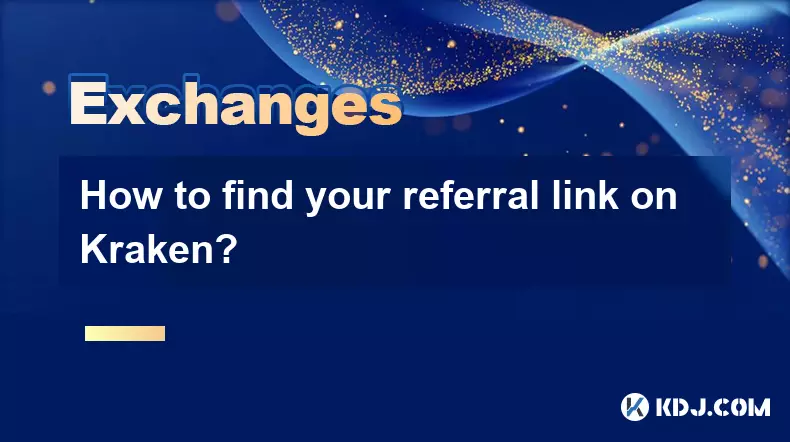
How to find your referral link on Kraken?
Oct 25,2025 at 12:09pm
Accessing Your Kraken Account Dashboard1. Navigate to the official Kraken website and log in using your registered email and password. Two-factor auth...
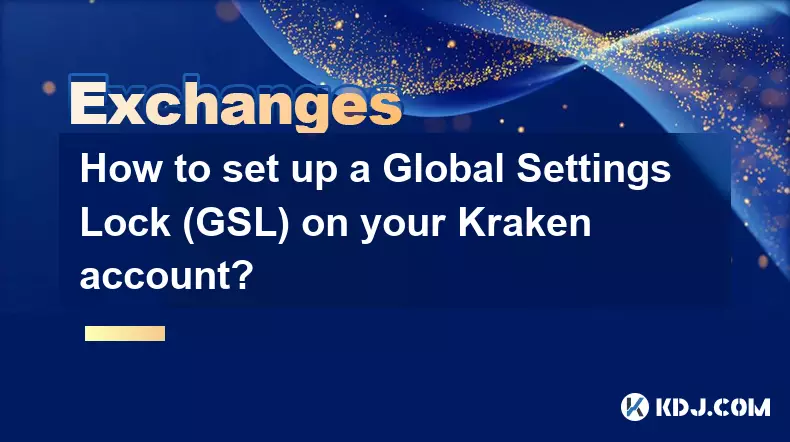
How to set up a Global Settings Lock (GSL) on your Kraken account?
Oct 25,2025 at 08:31am
Understanding Global Settings Lock (GSL) on Kraken1. The Global Settings Lock (GSL) is a security feature offered by Kraken to protect user accounts f...

How to avoid high withdrawal fees on Kraken?
Oct 26,2025 at 09:36am
Understanding Kraken's Fee Structure1. Kraken operates on a tiered fee model that depends on the user’s trading volume over the last 30 days. The high...
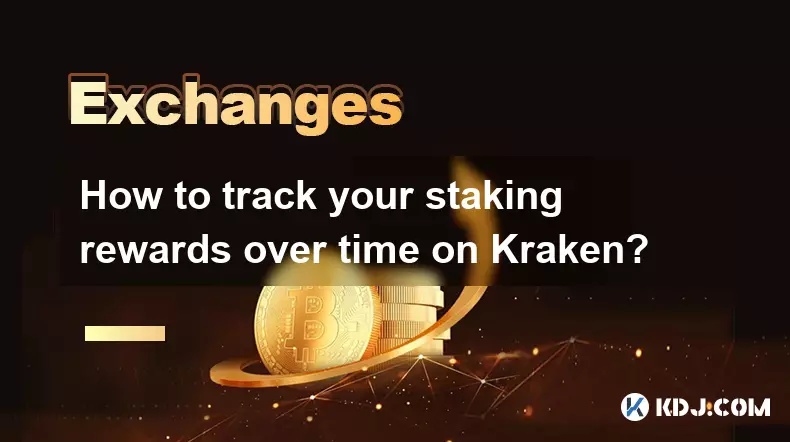
How to track your staking rewards over time on Kraken?
Oct 26,2025 at 04:54am
Understanding Staking Rewards on Kraken1. Kraken supports staking for various cryptocurrencies, allowing users to earn passive income by locking their...

How to deposit using ACH on Kraken?
Oct 25,2025 at 08:02am
Understanding ACH Deposits on Kraken1. ACH, or Automated Clearing House, is a widely used electronic network for processing financial transactions in ...

How to get the highest verification level on Kraken?
Oct 26,2025 at 05:37pm
Understanding Kraken’s Verification Tiers1. Kraken offers multiple verification levels, each unlocking additional features and higher trading limits. ...

How to find your referral link on Kraken?
Oct 25,2025 at 12:09pm
Accessing Your Kraken Account Dashboard1. Navigate to the official Kraken website and log in using your registered email and password. Two-factor auth...

How to set up a Global Settings Lock (GSL) on your Kraken account?
Oct 25,2025 at 08:31am
Understanding Global Settings Lock (GSL) on Kraken1. The Global Settings Lock (GSL) is a security feature offered by Kraken to protect user accounts f...

How to avoid high withdrawal fees on Kraken?
Oct 26,2025 at 09:36am
Understanding Kraken's Fee Structure1. Kraken operates on a tiered fee model that depends on the user’s trading volume over the last 30 days. The high...

How to track your staking rewards over time on Kraken?
Oct 26,2025 at 04:54am
Understanding Staking Rewards on Kraken1. Kraken supports staking for various cryptocurrencies, allowing users to earn passive income by locking their...

How to deposit using ACH on Kraken?
Oct 25,2025 at 08:02am
Understanding ACH Deposits on Kraken1. ACH, or Automated Clearing House, is a widely used electronic network for processing financial transactions in ...
See all articles




































































